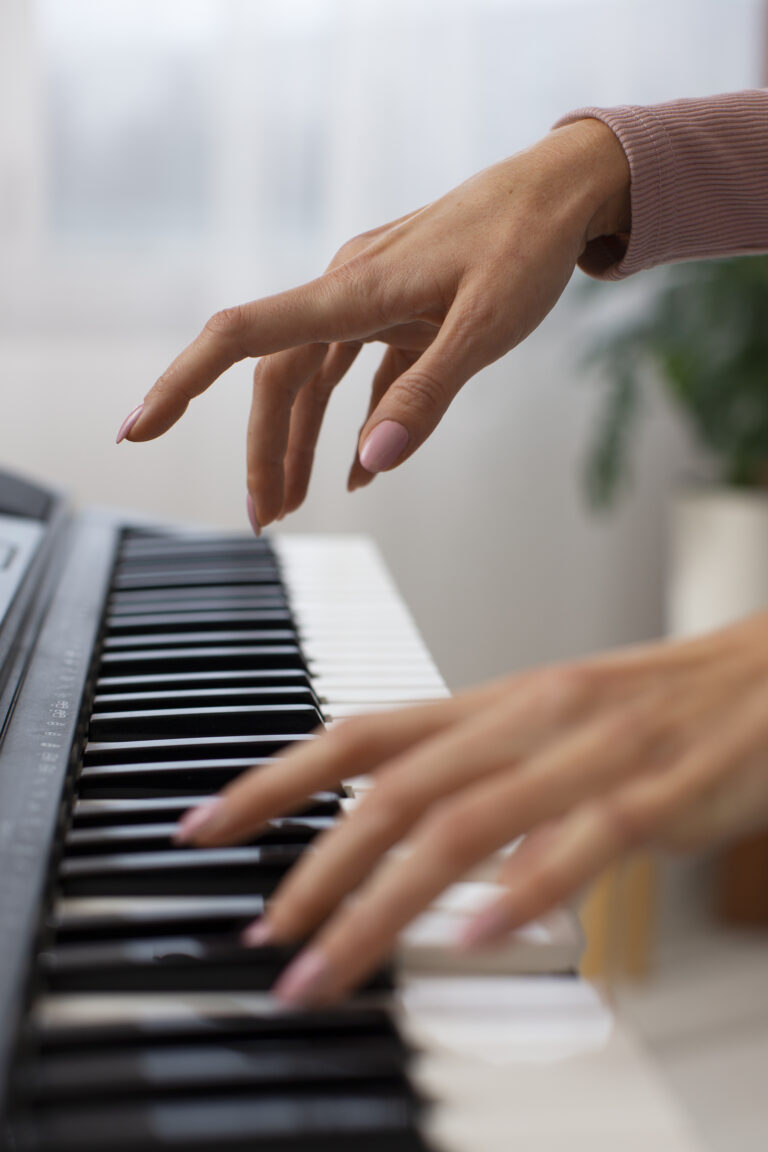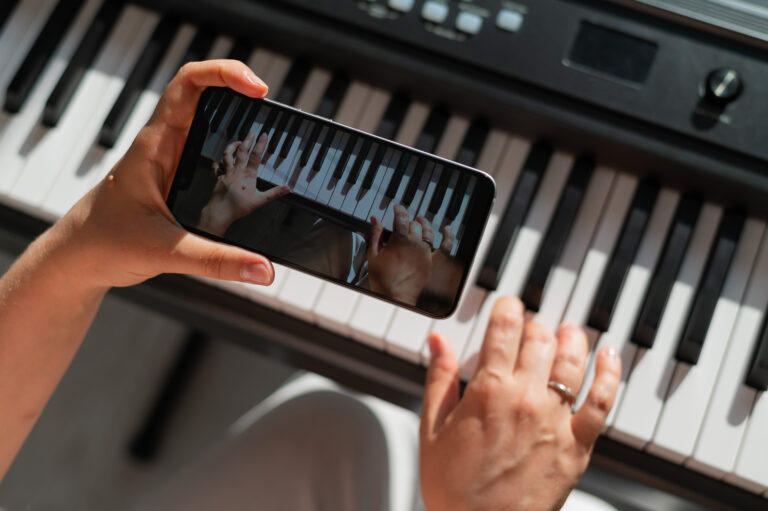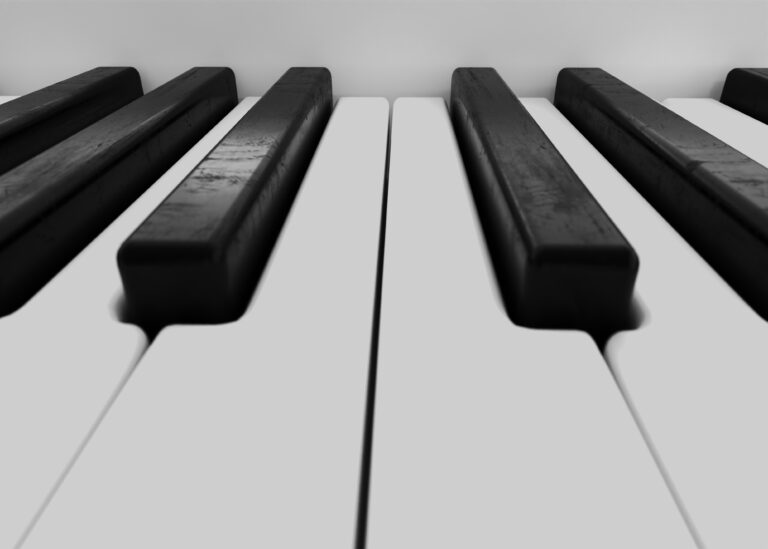Can Piano Playing Really Help with Dyslexia? The Surprising Truth
If you or someone you know has dyslexia, you’re likely familiar with the challenges that come with this language-based learning disorder. But what if we told you that playing the piano could be an effective therapy to alleviate some of the symptoms? It may seem counterintuitive, but the evidence is there to support it.
Dyslexia affects up to 15% of the population and can impact reading, writing, and spelling skills. While it’s often diagnosed in childhood, it can also be diagnosed in adulthood. And while there’s no cure for dyslexia, there are therapies and treatments that can help individuals with dyslexia learn more effectively.
So, what’s the deal with piano playing and dyslexia? In this article, we’ll explore the evidence and research behind this alternative therapy and how it can help alleviate some of the symptoms of dyslexia. From understanding the science behind dyslexia to uncovering the benefits of piano playing, you’ll discover why this musical therapy is worth considering for those with dyslexia.
Key Takeaways
- Playing the piano can be an effective therapy for individuals with dyslexia.
- Scientific studies have shown that piano playing can improve reading and spelling skills in individuals with dyslexia.
- Piano playing can be integrated into dyslexia therapy with practical tips and techniques.
Understanding Dyslexia
Dyslexia is a learning disorder that affects a person’s ability to read, write, and spell. It is a neurological condition that affects the way the brain processes written and spoken language. Dyslexia is not related to intelligence or motivation, and it can affect people of all ages and backgrounds.
Some common signs of dyslexia include difficulty with:
- Phonemic awareness (the ability to hear and manipulate individual sounds in words)
- Decoding (the ability to match sounds with letters and read words accurately)
- Fluency (the ability to read smoothly and quickly)
- Spelling
- Writing
People with dyslexia may also have difficulty with organization, time management, and memory.
It is important to note that dyslexia is not a visual problem, although it can affect visual processing. Dyslexia is also not a result of poor teaching or inadequate educational opportunities.
Dyslexia is a lifelong condition, but with proper support and intervention, people with dyslexia can learn to read and write effectively. There are many strategies and accommodations that can help people with dyslexia, such as:
- Multisensory instruction (using visual, auditory, and kinesthetic/tactile learning methods)
- Assistive technology (such as text-to-speech software or audiobooks)
- Extended time on tests and assignments
- Preferential seating in the classroom
- Breaking down tasks into smaller, more manageable steps
If you or someone you know has dyslexia, it is important to seek out support and resources to help manage the condition and improve reading and writing skills.
The Connection Between Music and Dyslexia
If you or someone you know has dyslexia, you may have heard that playing the piano or learning music can help improve reading abilities. While there is no cure for dyslexia, research has suggested that music instruction may help improve reading skills in individuals with dyslexia.
Studies have shown that music training can help strengthen the areas of the brain that are responsible for language and reading development. These areas include the left hemisphere of the brain, which is responsible for processing language, and the corpus callosum, which connects the left and right hemispheres of the brain.
Learning to play the piano can also help improve hand-eye coordination, which can be beneficial for individuals with dyslexia who may struggle with visual processing. Additionally, playing the piano requires the use of both hands and can help improve fine motor skills.
While more research is needed to fully understand the connection between music and dyslexia, many individuals with dyslexia have reported improvements in reading abilities after learning to play an instrument. If you or someone you know has dyslexia, consider exploring music instruction as a potential tool for improving reading skills.
Piano as a Tool for Dyslexia
Cognitive Benefits
Playing the piano can have significant cognitive benefits for individuals with dyslexia. Learning to play an instrument requires a great deal of concentration, focus, and attention to detail. These skills can help improve reading and writing abilities in individuals with dyslexia.
Studies have shown that playing the piano can improve working memory, which is essential for reading and writing. It can also improve auditory processing, which can help individuals better understand and recognize sounds and words. Additionally, playing the piano can improve hand-eye coordination and fine motor skills, which can help with tasks such as writing and typing.
Emotional Benefits
In addition to cognitive benefits, playing the piano can also have emotional benefits for individuals with dyslexia. Learning to play an instrument can provide a sense of accomplishment and boost self-esteem. It can also serve as a form of stress relief and relaxation.
Playing the piano can also provide a creative outlet for individuals with dyslexia. It allows them to express themselves in a way that is not reliant on reading and writing abilities. This can help boost confidence and provide a sense of independence.
For individuals with dyslexia, playing the piano can be a powerful tool for cognitive and emotional growth. By improving reading and writing abilities, boosting self-esteem, and providing a creative outlet, the piano offers a unique and transformative experience. So, if you or someone you know is struggling with dyslexia, consider turning to the piano and let its music guide you towards a brighter future.
Scientific Studies Supporting the Claim
Several scientific studies have been conducted to investigate the effects of piano playing on individuals with dyslexia. Here are some of the findings:
- A study published in the Annals of the New York Academy of Sciences found that piano training can improve phonological awareness, auditory perception, and reading skills in children with dyslexia. The study showed that piano training helped children with dyslexia to better distinguish between sounds, which in turn improved their reading ability.
- Another study published in the Journal of Research in Reading found that piano training can improve working memory and attention in children with dyslexia. The study showed that piano training helped children with dyslexia to better focus and concentrate, which in turn improved their reading ability.
- A third study published in the Journal of Educational Psychology found that piano training can improve visual-spatial processing in children with dyslexia. The study showed that piano training helped children with dyslexia to better understand the relationship between objects in space, which in turn improved their reading ability.
Overall, these studies suggest that piano playing can have a positive impact on individuals with dyslexia. However, more research is needed to fully understand the extent of these benefits and how they can be applied in practice.
Pratical Tips for Using Piano in Dyslexia Therapy
If you’re considering using piano as part of dyslexia therapy, there are some practical tips you can follow to make the most of this approach. Here are a few suggestions:
- Start with simple exercises: Begin with easy exercises that focus on basic skills, such as hand-eye coordination, finger dexterity, and rhythm. This will help build confidence and set the foundation for more complex tasks.
- Use visual aids: Visual aids can be helpful for dyslexic learners. Consider using color-coded notes, finger charts, and other visual cues to help with memory and recall.
- Break tasks into smaller steps: Dyslexic learners often benefit from breaking tasks into smaller, more manageable steps. When teaching a new piece of music, break it down into sections and focus on one section at a time.
- Incorporate repetition: Repetition is key for dyslexic learners. Encourage your student to practice regularly and repeat exercises until they become second nature.
- Encourage creativity: Dyslexic learners often have a unique perspective on the world. Encourage your students to express themselves creatively through music and explore different styles and genres.
By following these practical tips, you can help dyslexic learners make progress in their piano skills and build confidence in their abilities.
Conclusion
While piano lessons may not be a one-size-fits-all solution for individuals with dyslexia, they can certainly provide a number of benefits. From improving fine motor skills to enhancing spatial reasoning and auditory processing, the benefits of piano playing for individuals with dyslexia are worth exploring.
It’s important to keep in mind that each individual with dyslexia has unique needs and preferences when it comes to treatment options. That’s why consulting with a qualified healthcare professional or music therapist is crucial before embarking on a piano-playing journey.
By offering a sense of structure and predictability, piano lessons can be a valuable addition to an overall treatment plan for individuals with dyslexia. With the right guidance and support, learning to play the piano can be a rewarding and enjoyable experience that helps improve certain skills and abilities.
So, if you or someone you know is interested in exploring piano lessons as a potential treatment option for dyslexia, take the first step and consult with a professional. You never know – playing the piano may just be the key to unlocking a brighter future.






